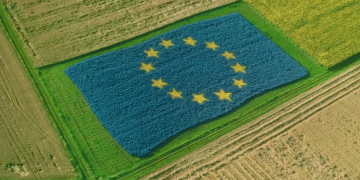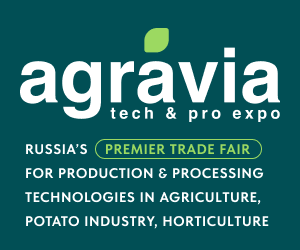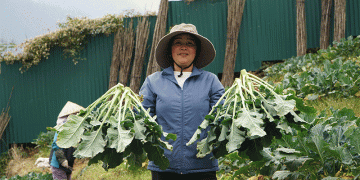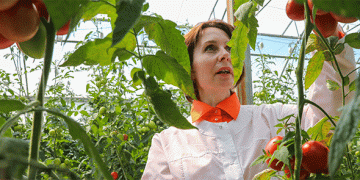#Agriculture #Europe #Workforce #Demographics #LandDistribution #Industrialization #Sustainability
In the European Union, the agricultural sector stands as a significant employer, with an estimated 8.6 million individuals, comprising 4.2% of the total workforce. Romania and Poland emerge as key players, boasting the largest agricultural workforce numbers. However, this statistic only scratches the surface, as harvesting remains a seasonal activity, with many engaged through temporary contracts, painting a nuanced employment landscape. Considering such nuances, Eurostat suggests a labor force of approximately 17 million individuals within the sector.
Traditionally male-dominated, with a significant portion of farm managers aged over 55, Europe’s agricultural sector faces demographic challenges. Remarkable gender imbalances persist, notably in the Netherlands, where women represent a mere 5.6% of farmers. Contrastingly, Latvia and Lithuania show progress towards a more balanced gender ratio. Across 157 million hectares of cultivated land, divided among 9.1 million farms, a stark inequality in land distribution emerges. Approximately 52% of agricultural land falls under the control of only 4% of farms, exceeding 100 hectares. In contrast, small farms, covering less than 5 hectares, utilize a mere 6% of available land, despite representing 40% of all farms.

This disproportionate land concentration mirrors the industrialization of agriculture, where select corporations leverage advanced technologies, machinery, and methods to produce vast quantities of crops for global markets.
Europe’s agricultural landscape reflects a complex interplay of tradition, industrialization, and demographic shifts. While large-scale farming dominates, smallholders struggle for viability. Addressing gender disparities and fostering sustainable practices are critical for ensuring the sector’s resilience and inclusivity in the face of evolving challenges.































